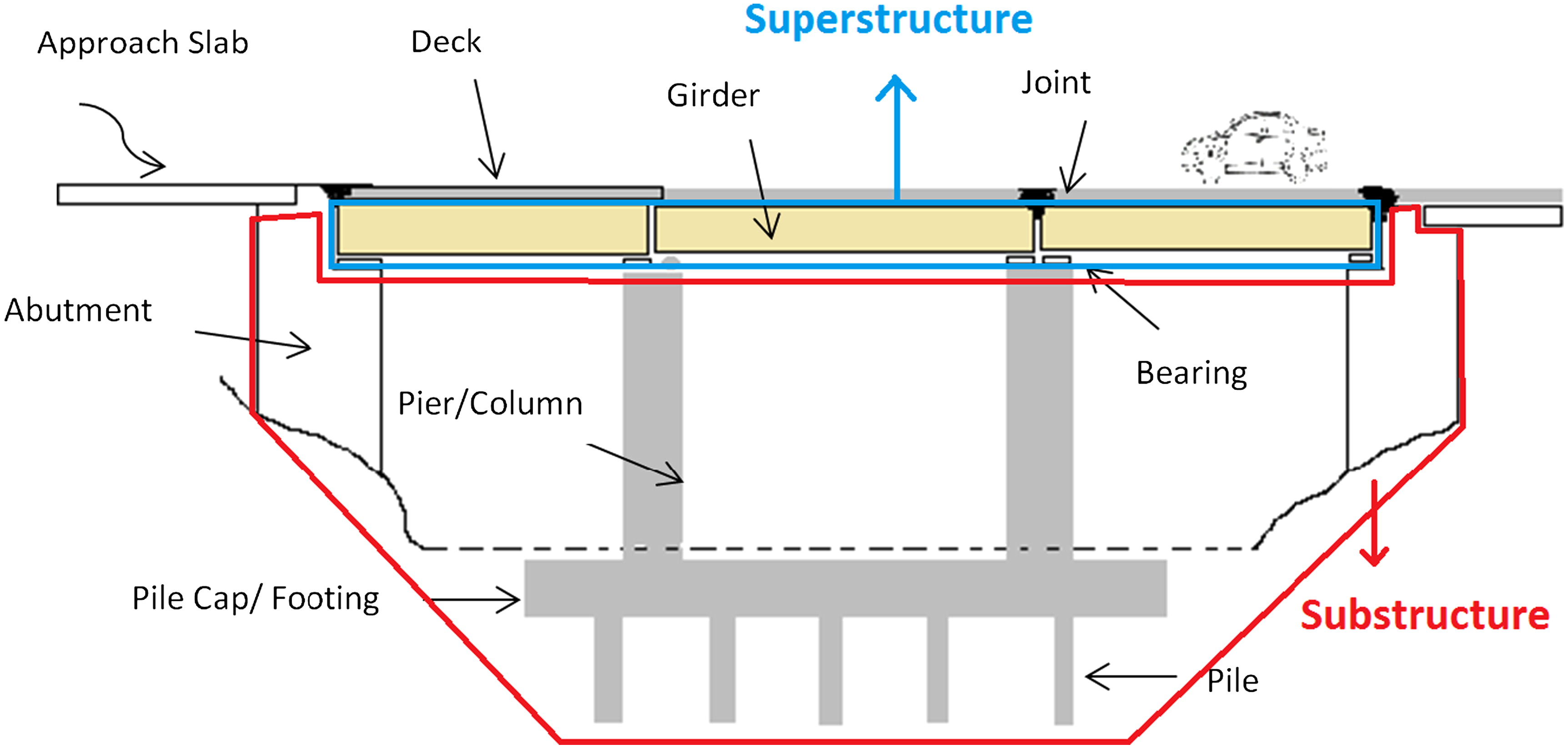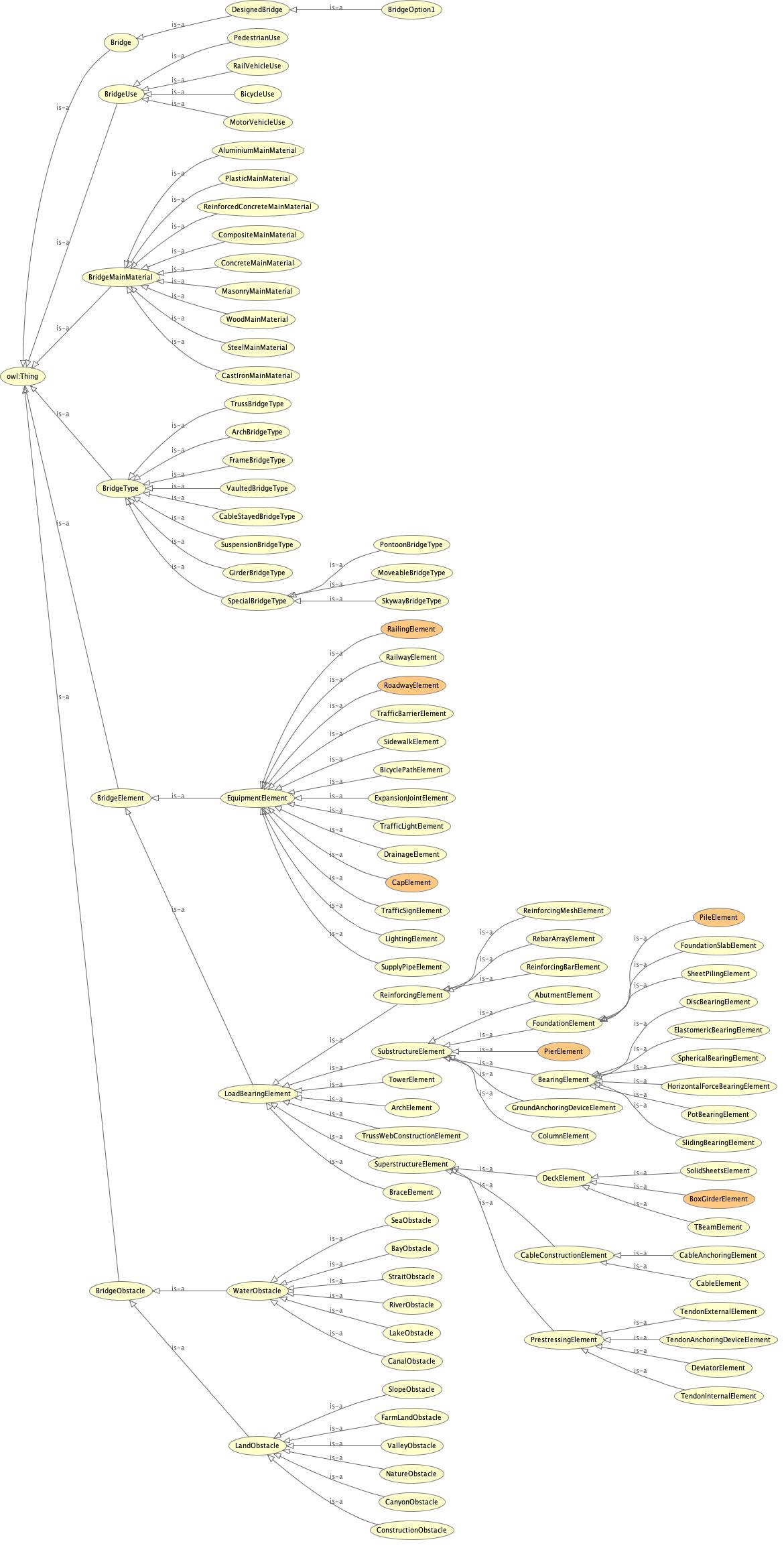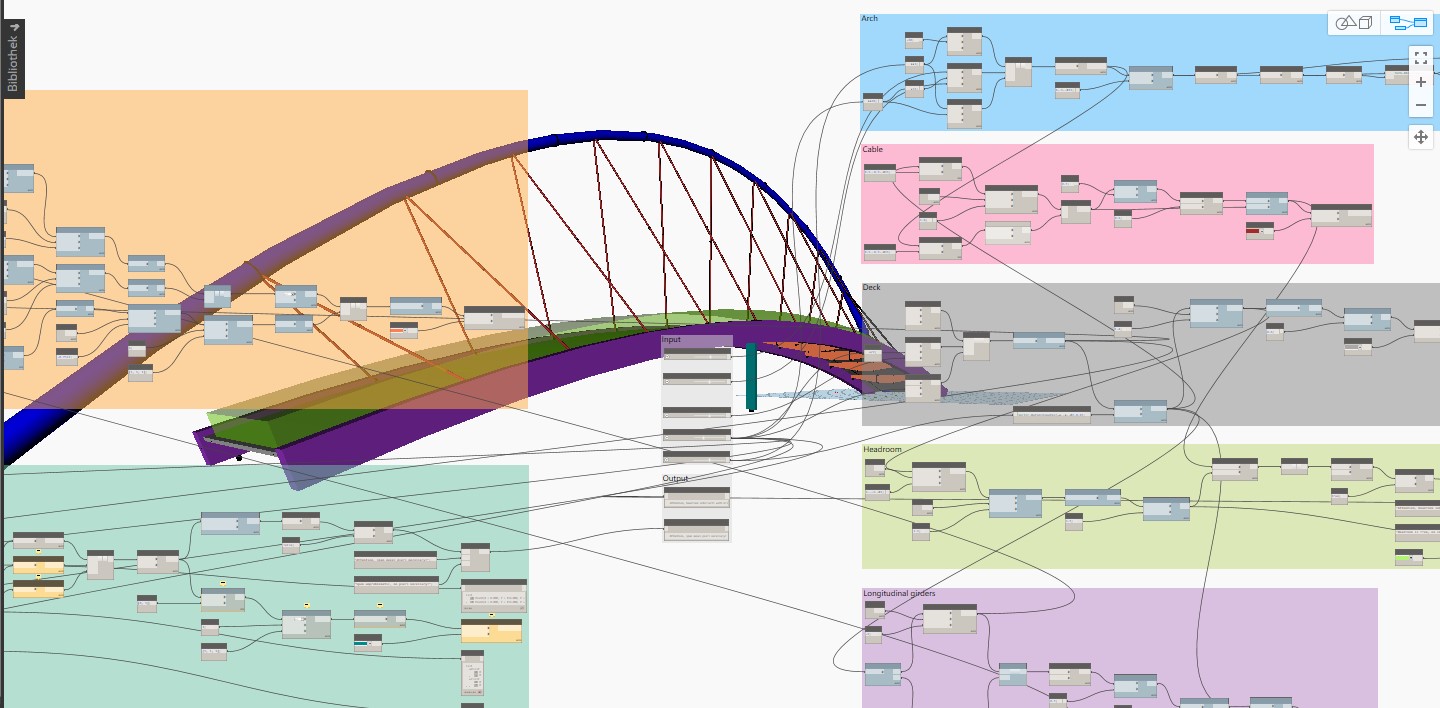Definition of a Bridge
The size and beauty of bridges cause amazement and admiration in the observer. Often they are landmarks of the places where they were built or they highlight the character of the landscape so strongly that one gets the impression that the landscape is missing something if one takes the bridge out. It is therefore not surprising that bridges are considered masterpieces of architecture and technology and that bridge building is considered the supreme discipline among civil engineers. But how can such a structure be described from a purely technical perspective?
A bridge can be defined relatively easily. A bridge is a structure that allows traffic routes (and in some cases supply infrastructure such as pipes) to cross natural or artificial (man-made) obstacles. Depending on the road users it has to carry and the obstacle it has to cross, different types of bridges have developed over time. The simultaneous development of better or new materials has also played a major role. However, the basic structure of a bridge has remained essentially unchanged – a bridge is still divided into a substructure and a superstructure.
Schematic representation of the substructure and superstructure of a bridge
Defining an Ontological Model
The developed ontological model has the claim to describe the bridge as just described as a whole. Therefore, five classes were defined, each representing a domain of a bridge. Afterwards each class becomes more and more detailed according to the top-down principle. So when using a bridge (BridgeUse) one can distinguish between pedestrians, bicyclists, motor vehicles and trains (and in exceptional cases even ships and airplanes). In contrast, bridge obstacles (BridgeObstacle) can be classified according to whether they are situated on land or on water, and whether they are natural, such as valleys and rivers, or artificially created by man, such as other traffic routes or buildings. From a technical point of view, the single bridge components (BridgeElement) can be divided of course between load-bearing and equipping elements and respectively assigned to the substructure or superstructure. Further classes are those for each material that is used (BridgeMainMaterial) and the corresponding bridge type (BridgeType).
Defining a Parametric Model
The developed parametric model should no longer represent a bridge in its entirety, but focuses on the engineering aspects. In the first step, the bridge type was specified, since this is the main factor determining the components/component groups that make up a bridge. In this model an arched bridge is described, which is supported by piers depending on the length to be bridged. The bridge deck is located below the arch and is supported by two lateral longitudinal girders, which in turn are supported by the cables that are tensioned by the arch. In addition, there are transverse girders on the underside of the bridge deck, which are supported by piers if necessary, as described. These six component groups can also be found in the model with the corresponding names.
Design parameters:
The variable design parameters in this model refer to the type-giving bridge arch and the obligatory bridge deck:
Bridge arch:
The maximum height of the arch vertex (node: ArchPeak) and the arch angle in relation to the longitudinal axis of the bridge (node: ArchSwing) can be varied.
Bridge deck:
The maximum height of the deck vertex (i.e. the height) (node: DeckPeak), the length (node: DeckLength) and the width (node: DeckWidth) of the bridge can be varied.
High performance criteria:
The model returns two performance criteria, depending on the input of the design parameters:
Headroom:
The bridge deck is partly carried by cables that are attached to the bridge arch and to the lateral main girder. This means that the cables run above the deck. Depending on the height and angle of the arch to the longitudinal axis of the deck as well as the height and width of the deck, the path of the cables can affect the headroom of the bridge deck. All these four parameters can be influenced within the model.
Span:
The total span of the bridge is determined by the deck length. The longer the bridge, the greater the span to be crossed. The design and/or construction of an arch bridge may require the bridge deck to be supported by additional piers. This is especially the case with increasing length and thus larger span. The model takes this fact into account and adds piers depending on the bridge length, hereby the length of the deck can be adjusted.
Depending on the selected design parameters, a possible 3D model may look like this:
Bridge ontology model: bridge-ontology
Bridge parametric model: bridge-parametric
Also check out the models for the Single Family House and the Composite Girder.


